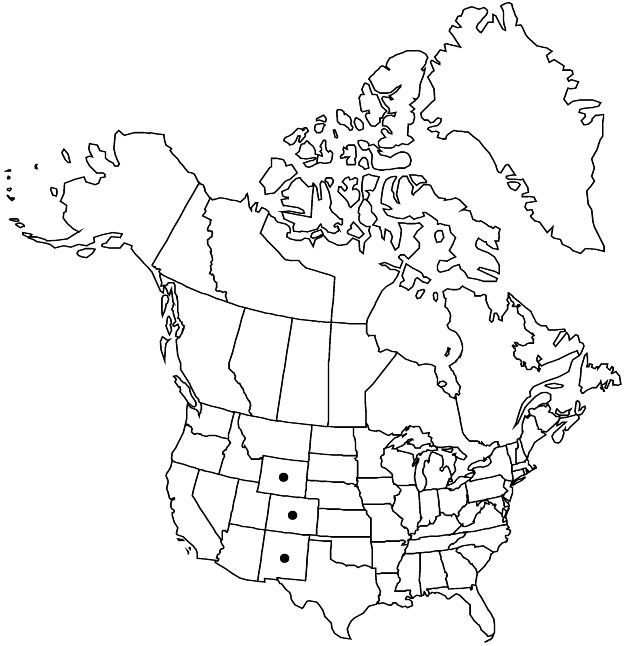Difference between revisions of "Crataegus erythropoda"
Bull. North Carolina Agric. Exp. Sta. 175: 113. 1900.
FNA>Volume Importer |
imported>Volume Importer |
||
| (3 intermediate revisions by 2 users not shown) | |||
| Line 16: | Line 16: | ||
|name=Crataegus cerronis | |name=Crataegus cerronis | ||
|authority=A. Nelson | |authority=A. Nelson | ||
| + | |rank=species | ||
}} | }} | ||
|hierarchy=Rosaceae;Rosaceae subfam. Amygdaloideae;Rosaceae tribe Gillenieae;Crataegus;Crataegus sect. Douglasia;Crataegus (sect. Douglasia) ser. Cerrones;Crataegus erythropoda | |hierarchy=Rosaceae;Rosaceae subfam. Amygdaloideae;Rosaceae tribe Gillenieae;Crataegus;Crataegus sect. Douglasia;Crataegus (sect. Douglasia) ser. Cerrones;Crataegus erythropoda | ||
| Line 41: | Line 42: | ||
-->{{#Taxon: | -->{{#Taxon: | ||
name=Crataegus erythropoda | name=Crataegus erythropoda | ||
| − | |||
|authority=Ashe | |authority=Ashe | ||
|rank=species | |rank=species | ||
| Line 56: | Line 56: | ||
|publication year=1900 | |publication year=1900 | ||
|special status=Endemic | |special status=Endemic | ||
| − | |source xml=https:// | + | |source xml=https://bitbucket.org/aafc-mbb/fna-data-curation/src/2e0870ddd59836b60bcf96646a41e87ea5a5943a/coarse_grained_fna_xml/V9/V9_858.xml |
|subfamily=Rosaceae subfam. Amygdaloideae | |subfamily=Rosaceae subfam. Amygdaloideae | ||
|tribe=Rosaceae tribe Gillenieae | |tribe=Rosaceae tribe Gillenieae | ||
Latest revision as of 22:59, 5 November 2020
Shrubs or trees, 50 dm. Stems: twigs: new growth greenish, glabrous, 1-year old dark reddish mahogany; bark on younger 2–5 cm thick branches dark gray-brown, sometimes copper-colored; thorns on twigs straight or slightly recurved, 2-years old black, shiny, moderately stout, 2–4 cm. Leaves: petiole 1–2 cm; blade rhombic-elliptic, 3–5 cm, length 1.6 times width, ± coriaceous-shining, base cuneate, lobes 3 or 4 per side, lobe apex acute, margins serrate, teeth very short, venation craspedodromous, veins 4 or 5 per side, apex acute, abaxial surface glabrate, adaxial sparsely pilose young. Inflorescences 5–10-flowered; branches glandular-punctate; bracteoles few to absent, margins sessile-glandular. Flowers 14–18 mm diam.; sepals narrowly triangular, 3–4 mm, margins glandular-serrate, teeth small, apex acute, glabrous; stamens 10, anthers pink-purple to purple; styles 4 or 5. Pomes deep red to vinous purple mature, orbicular, 10 mm diam.; sepals reflexed, 4 mm; pyrenes 3–5, sides excavated.
Phenology: Flowering May–Jun; fruiting Sep–Oct.
Habitat: Sagebrush, pastures, usually along streams
Elevation: 1700–2600 m
Distribution

Colo., N.Mex., Wyo.
Discussion
Crataegus erythropoda is found mainly in Colorado westward from the foothills of the Front Range; it also extends north and south into adjacent states. N. H. Holmgren (1997b) recorded it from Arizona and Utah; no authenticating specimens have been encountered. The species is locally common and is early-flowering.
Crataegus erythropoda varies little; it has striking deep red to vinous fruit color and is usually easily recognized, although the black-fruited C. rivularis may also show a similar color when not fully ripe. Paucity of observed bracteoles may indicate they are very early caducous. The specific epithet alludes to the pedicels, which may turn red in the fall or under particularly dry conditions, which is neither constant in nor unique to C. erythropoda.
Selected References
None.